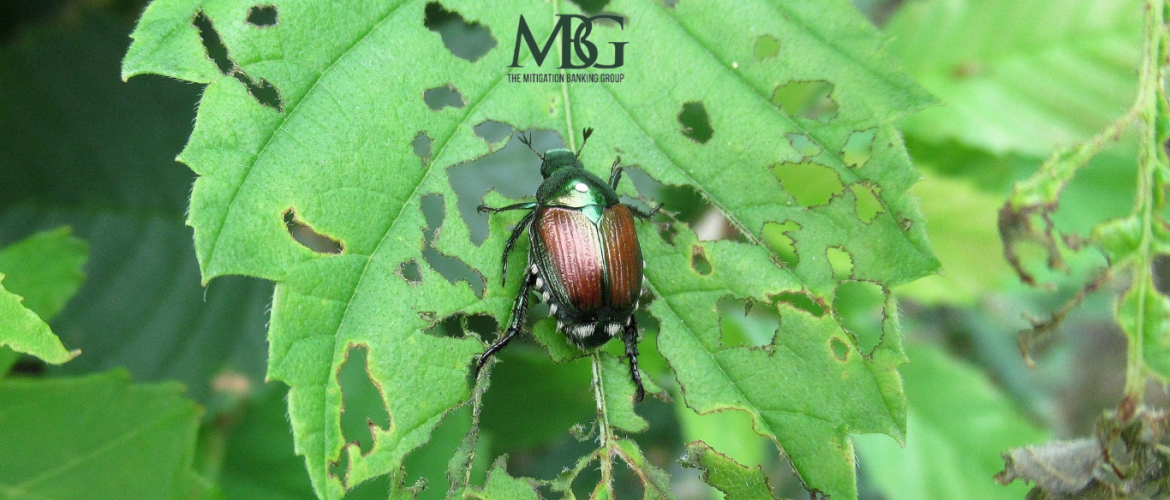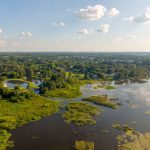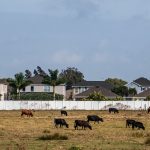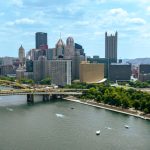Understanding and Managing Invasive Plant Species in Florida
Florida’s diverse ecosystems, mild winters, and international ports make it especially vulnerable to the introduction and spread of invasive plant species. These non-native plants can cause significant environmental harm, displacing native species, altering habitats, and impacting agricultural productivity.
As a leading state for biodiversity, it’s crucial that Florida remains proactive in identifying and managing invasive plant species. Left unchecked, these species can overrun local habitats, choking out native plants and disrupting delicate ecological balances.
What Are Invasive Plant Species?
Invasive plant species are non-native plants that enter a new region—often through human activity—and establish themselves at the expense of native flora. Unlike native species, which have co-evolved within their ecosystems, invasive plants have no natural competitors or predators in their new environment. This enables them to spread rapidly, outcompeting native plants for resources like sunlight, water, and soil nutrients.
Florida’s vulnerability stems from its subtropical and tropical climates, which provide a year-round growing season. This, combined with human-induced disturbances like land development and international trade, gives invasive species ample opportunity to thrive.
Invasive vs. Nuisance Species
Not all species that cause problems are invasive. In fact, some native species can also be nuisances, especially when they disrupt human activities or cause damage to property. A helpful way to understand the difference is through the following illustration:
What is a Nuisance?
- Definition: A nuisance is anything that causes problems in a specific context. It can be either native or non-native.
Examples:
- Native Species – Southern Pine Bark Beetle: This insect can damage pine trees, especially in large outbreaks, but it’s a natural part of Florida’s ecosystems.
- Native Species – Spanish Needle: A fast-growing weed that provides nectar for pollinators but is considered a nuisance in gardens due to its rapid spread and difficulty in controlling.
- Invasive Species – Hydrilla: A non-native aquatic plant that chokes waterways, blocks sunlight, and disrupts natural water flow.
This graphic (included below) illustrates how both native and non-native species can pose challenges, but only non-native species that cause harm to ecosystems, the economy, or human health are classified as invasive.

Why Invasive Species Are a Problem
The ecological damage caused by invasive plant species extends beyond just the displacement of native plants. They alter entire ecosystems, affecting animals that depend on native vegetation for food and shelter. Invasive species can change soil chemistry, modify hydrological systems, and even alter fire frequencies in an area. This makes restoring affected ecosystems more challenging and costly.
The economic impact is also considerable. Invasive species can reduce agricultural productivity, increase management costs, and degrade property values. According to the First Friday with Florida First Detector webinar series, the United States spends around $1.2 trillion annually dealing with the consequences of invasive species. Florida’s agriculture and natural landscapes are particularly at risk, given the state’s unique environment.
Managing and Preventing the Spread of Invasive Plant Species
Managing invasive plant species in Florida requires a coordinated effort involving state agencies, conservationists, and local communities. Several strategies can help mitigate the impact:
- Prevention and Early Detection: Programs like Florida First Detector work to raise awareness and empower individuals to identify and report invasive species. By stopping invasives before they establish large populations, we can avoid the costly consequences of control and eradication.
- Physical Removal and Restoration: Many invasive species can be controlled through physical removal, such as cutting, mowing, or uprooting. In more extreme cases, prescribed burning and reintroducing native species are necessary to restore the natural balance.
- Biological Control: Introducing natural predators, like the air potato beetle, is an effective way to reduce invasive species without harming the environment. However, these efforts must be closely monitored to ensure they don’t unintentionally cause new problems.
- Public Involvement: Everyone has a role to play. From checking footwear for seeds after hiking to reporting unusual plant growth in your backyard, small actions can make a big difference. Floridians should also avoid planting invasive species in their gardens and landscapes.
Florida’s unique landscapes are a treasure that must be protected from invasive plant species. Through a combination of education, early detection, and proactive management, we can help preserve native ecosystems for future generations. Stay informed, stay vigilant, and contribute to the protection of Florida’s natural beauty.
To learn more about invasive species and their impact, watch the First Friday with Florida First Detector webinar series below.
By following these strategies and remaining aware, we can help Florida remain a haven for its native plants and wildlife, free from the threat of invasive plant species.






